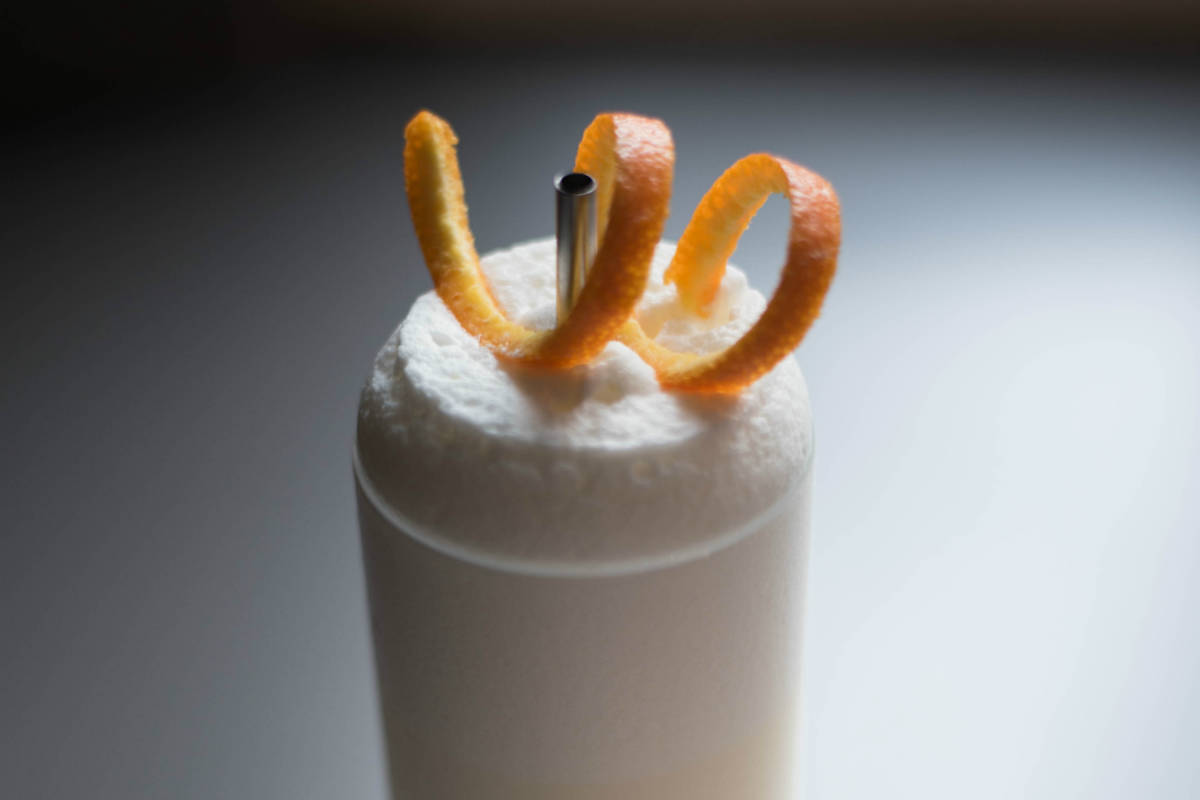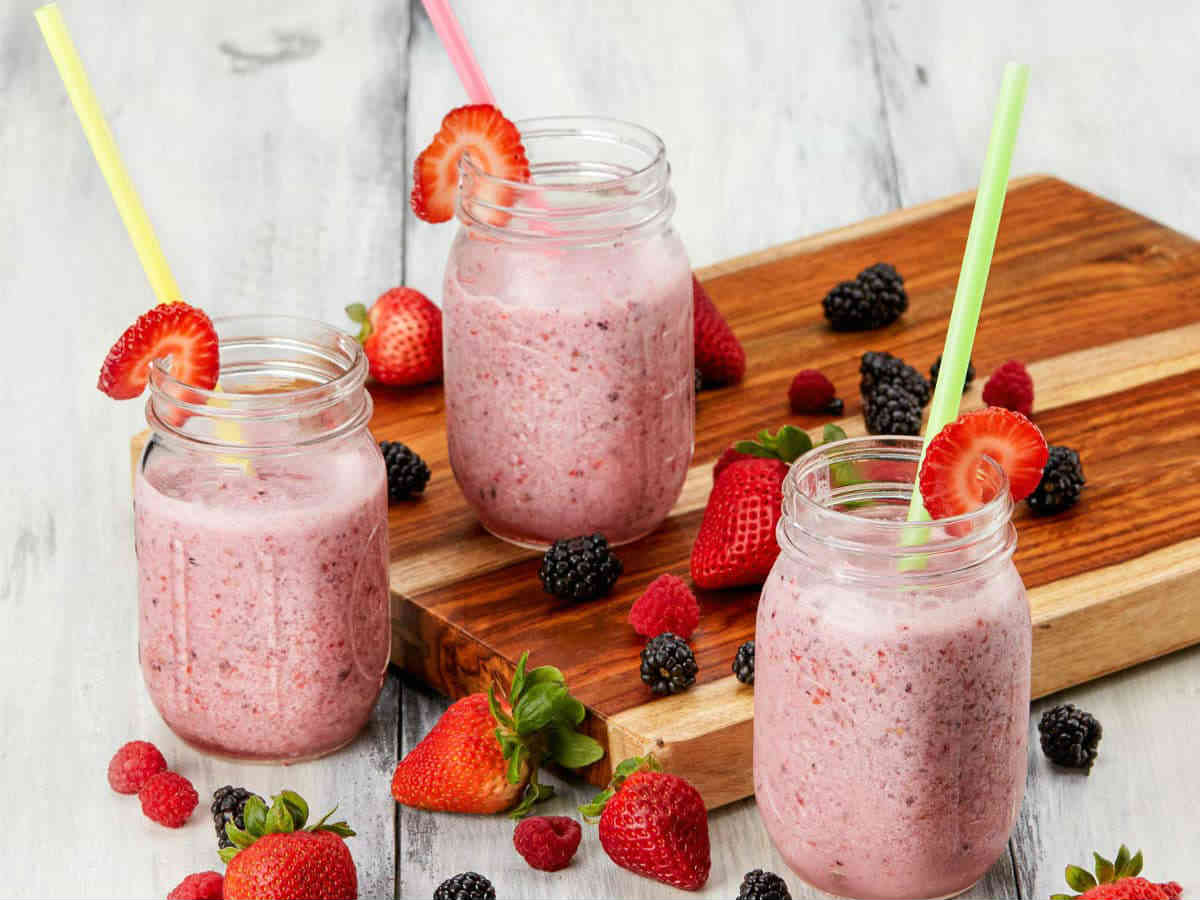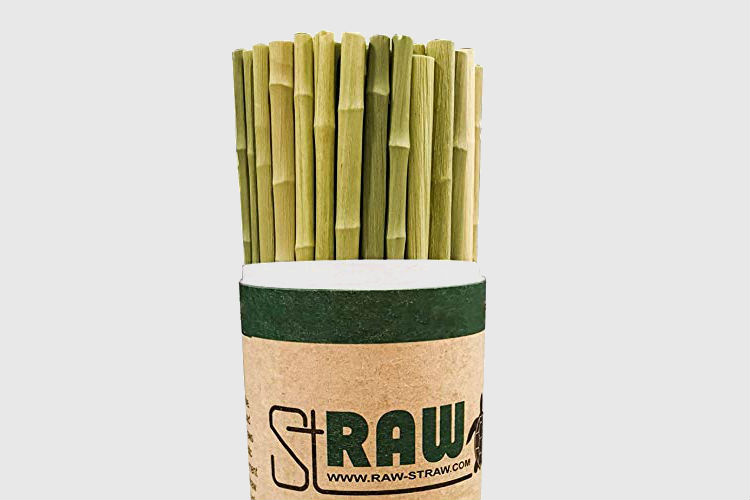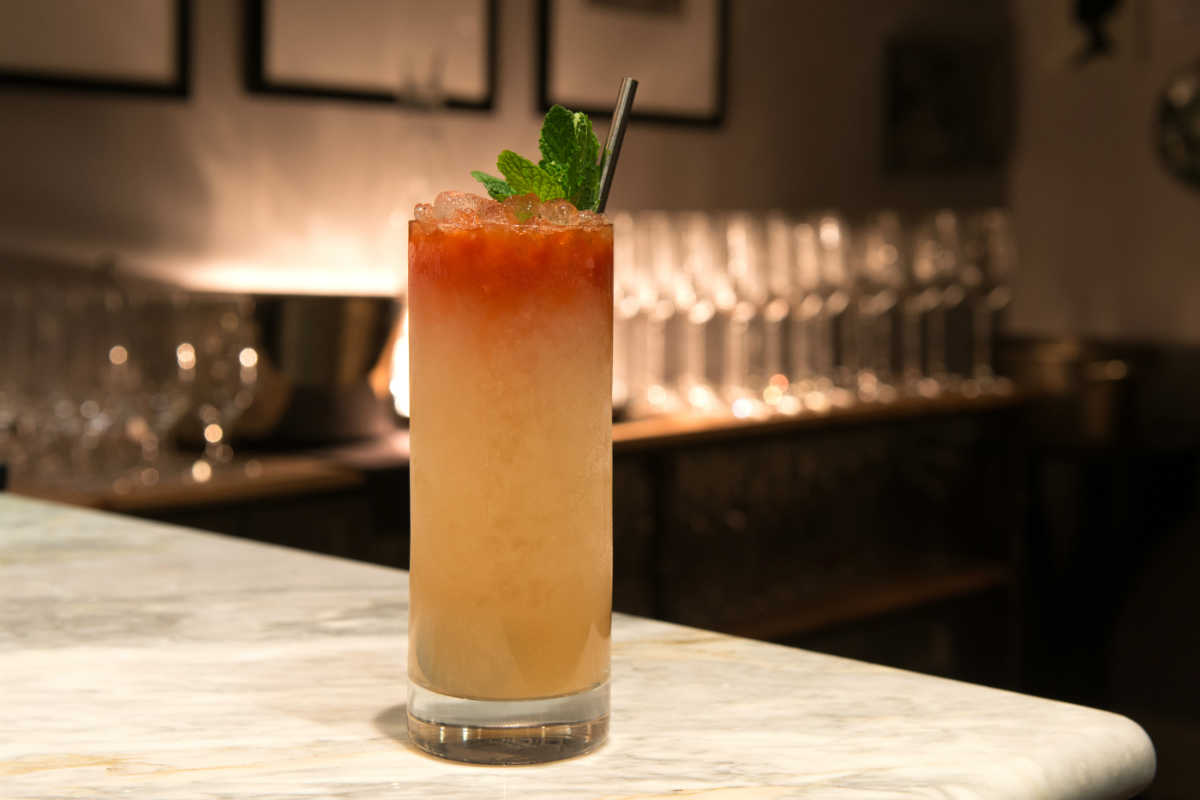Jared Sadoian should know a thing or two about straws. After all, Sadoian is the bar manager at The Hawthorne and the assistant bar director at Eastern Standard, two of Boston’s best cocktail destinations.
Each bar has also moved beyond the use of disposable, plastic straws. The Hawthorne sought out alternatives from the beginning, and in 2017 Eastern Standard went from ordering 75,000 plastic straws per year to zero.
Sadoian is passionate about finding alternatives to the single-use plastic straw, but has no love for its much-derided paper replacement, either.
“If you searched Amazon for sustainable straws or biodegradable straws there’s several thousand results. And the fact that I still see bars and especially great bars using paper straws is baffling. It doesn’t make any sense,” he says.
Fortunately, Sadoian was able to share the uses and benefits of five non-plastic, non-paper straws currently stocked by The Hawthorne. From steel to agave fibers to raw grass, here are five superior sippers to consider.
Metal Spoon Straws

Ramos Gin Fizz at the Hawthorne. Photo: Emily Hagan.
Since its 2012 opening, The Hawthorne has relied on Cocktail Kingdom’s stainless steel Collins Spoon Straw for environmental and visual reasons.
“The idea was that this was part of the aesthetic of the Hawthorne,” Sadoian says. “It was Italian marble, and it was a lot of stainless steel and mirror surfaces, and so that ubiquitous black plastic straw just seemed out of place.”
While the Collins straw is by far the most commonly used at the Hawthorne, it has its limits.
“I would say it’s not really a good idea when we’re working with something that has a lot of particle matter. A Bloody Mary has all these spices and horseradish and the straw is fairly skinny, so it can become blocked. That Bloody Mary is why we started investigating other options,” Sadoian says.
The metal straw’s other drawback may be linked to its visual appeal—it has a habit of walking out the door. But Sadoian sees a silver lining in this act of minor larceny.
“The nice thing about it is if the straws do go missing, maybe they’ll use it at home and not use a plastic straw that they would then throw away.”
Reusable Plastic Straws
There is one plastic straw used by the Hawthorne, and it’s anything but disposable. Sadoian employs the Buswell Reusable Straw from Cocktail Kingdom, which is made from break-resistant polypropylene and built to withstand 100 cycles of industrial dishwashing.
The straw’s greater width solved the Bloody Mary dilemma, but it also proved useful in frozen cocktails.
“If you’re drinking an ice cold drink, it’s fine through a metal straw. But when you’re drinking something that’s actually frozen, that metal straw can get uncomfortably cold,” Sadoian says.
They’re also useful to the service side of The Hawthorne, as bartenders now use them to taste cocktails prior to serving, rather than relying on single-use plastic straws.
Corn “Smoothie Straws”

Smoothie Straws. Photo: Beryland.
While not focused on the drink genre, the Hawthorne can whip up a mean Tiki cocktail when it needs to—particularly during the “Swizzle Sunday” series that runs on its patio each summer. But finding an environmentally friendly straw that worked with Tiki and tropical presentations created a challenge.
“For a long time we were buying these 17-inch long party straws that were much wider and definitely easier to navigate your typical Tiki bowl or frozen cocktail or what not,” Sadoian says. “But the problem was that they sort of went against everything that we stood for.”
After months of searching for a non-plastic alternative that still had the length necessary to delve into tall tiki mugs and scrape the bottom of a scorpion bowl, he discovered a company making biodegradable “smoothie straws” from corn. Sadoian also appreciated the straws’ colorful hue.
“If you have this crazy Tiki mug with this colorful beverage and crazy garnish, and then you have this flat steel straw sticking out of it, it doesn’t quite feel the same. But if you have something purple and fun, I think that’s part of that drinking experience,” he says.
Agave Straws
The straws made by Bio Agave are produced from the waste generated by agave processing. While they aren’t in widespread use at the Hawthorne, Sadoian likes to pair them with drinks made with tequila and mezcal.
“We like that connection, so we’ve been putting it in our Palomas and other long tequila cocktails. It’s just sort of an interesting conversation piece,” he says.
Natural Grass Straws

RawStraw Grass Straws
And then there are actual straws, in the form of plant-based, natural grass straws from RawStraw. For Sadoian, they’re a reminder of a time before industrial plastics.
“That’s why it’s called a straw, because it was a piece of straw that was hollow, and you could suck things out of it. And it’s kind of wild how far removed it is now from the original,” he says.
The Bigger Picture
When asked what might replace the single-use plastic straw in the next five years, Sadoian places his bet on corn.
“With the amount of corn being grown in the U.S., there has to be some outlet for that as demand for corn as a food fluctuates,” he says.
As for the widespread adoption of plastic straw alternatives, Sadoian sees an analogue with the spread of cocktail culture globally.
“It starts in New York City and London and the sort of alpha cities around the world, and then they start trickling down and those trends hit places like Boston, or Miami, and Los Angeles, and they slowly work their way into the suburbs. So in five years I hope that even if you’re in the middle of nowhere, your local diner is serving something with a reusable straw.”
For the present, just think about your next drink.
“We acknowledge that the straw thing is not going to solve the world’s environmental concerns,” Sadoian says. “But if everyone is doing their part, at least a little bit here and there, that adds up.”



